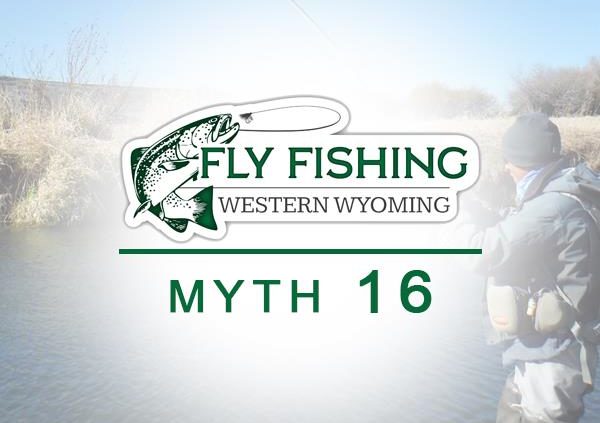Hatches and Clouds
Hatches and Clouds
Hatches are always better when it is cloudy and cool. I hear this often and, while it is true some of the time, I believe there are lots of factors that contribute to hatches being better on some days versus others.
- Many hatches I have encountered happen at a certain time of the day, regardless of weather. For instance, there are plenty of hatches on the Green River, Hams Fork, South Fork, and Silver Creek that happen so regularly you can set your clock by them – regardless of weather. The weather may contribute slightly to the length and density of the hatch, but will not contribute to whether or not it happens.
This past September we had a great Baetis hatch that started at 9:15 AM every day and went to 11:00 AM. It then died and by 11:30 AM we had a Trico Spinner fall that lasted until 12:30 PM. After that, we used mostly sub-surface flies. There would be a few Baetis all day, and on cloudy, windless days we’d get a pretty good second hatch from about 3 PM – 4 PM. One thing that seems to be consistent is that the denser the hatch, the more selective the feeding. Early in a hatch’s seasonal cycle and at the beginning of a day’s hatch, the fish are less selective. The same holds true as the cycle winds down.
As an example: On the Hams Fork, we usually have a very good PMD hatch from mid-June to mid-July. In the 3rd week of June, fish will readily take a Pheasant Tail Nymph or a Parachute Adams. By the 1st week in July, fish won’t even look at those flies. Many fish are so selective that they take only one form of an emerger or a cripple – and every fish seems to be keying very specifically on a different phase of the PMD Emerger.
The same sort of thing happens on a day to day basis. Early in the hatch, just as it starts, the fish are a bit less selective. As the hatch gains in intensity, the fish become more selective. As the hatch peters out, the fish again become less selective. By the way, this hatch starts around noon and goes until 2:30 or so – regardless of weather. There are many factors that contribute to hatches and feeding patterns. Over the next few months, we will be discussing catalysts like atmospheric air pressure, sun, wind, moon phases, and water temperature changes.




Leave a Reply
Want to join the discussion?Feel free to contribute!